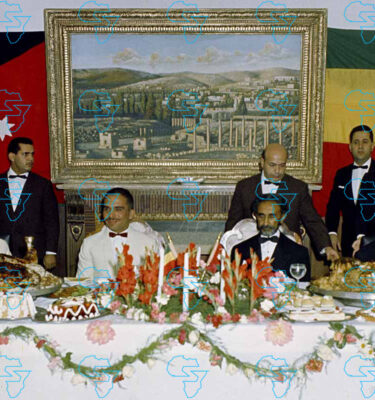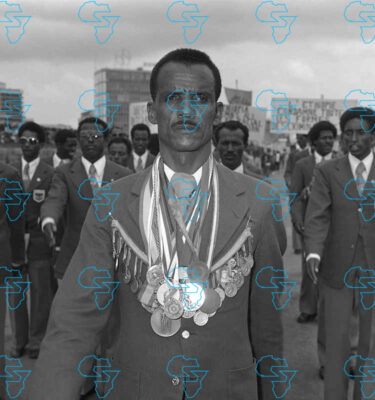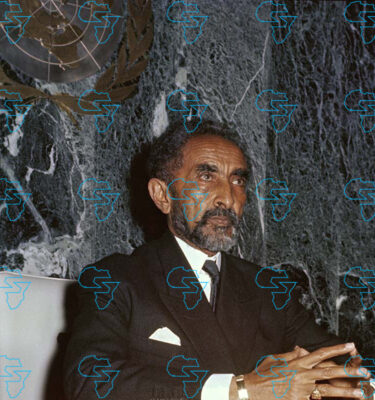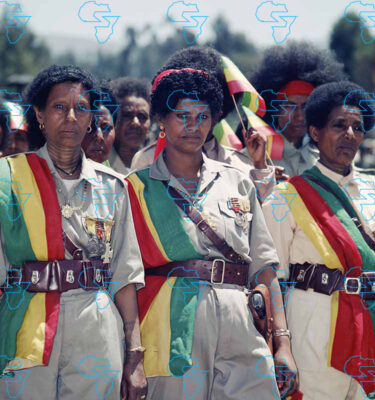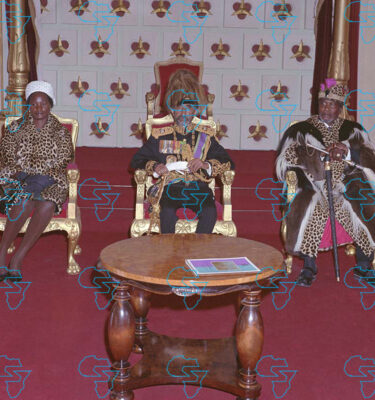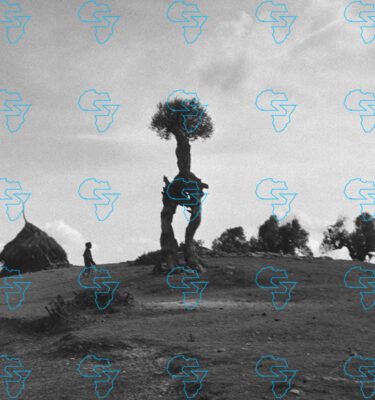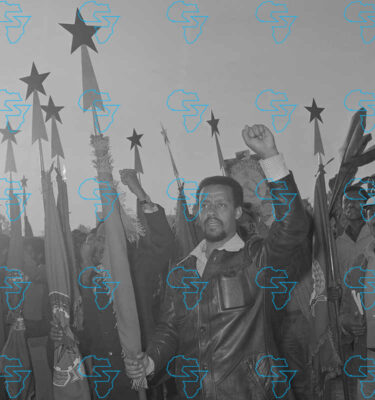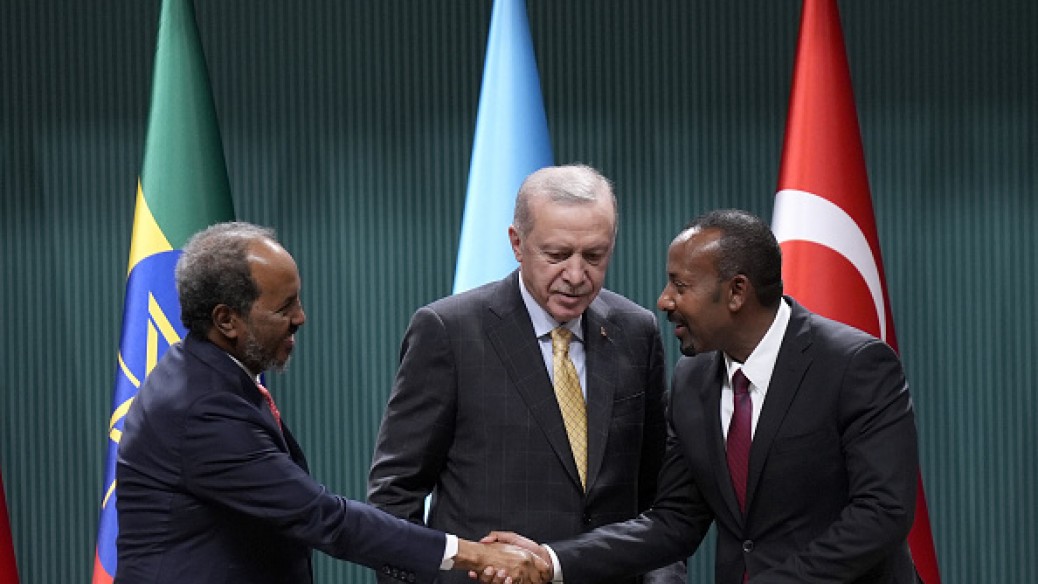
Dr. A.S. MeKonnen Birru
The announcement of the peace agreement between Ethiopia and Somalia mediated by Turkey marks a significant diplomatic development, but it also highlights a series of contradictions and potential setbacks, particularly for Ethiopian Prime Minister Abiy Ahmed. The evolving situation may be seen as a failure of Abiy’s diplomatic strategy in the region, as it appears to expose tensions between Ethiopia’s foreign policy ambitions and the realities of regional relations.
Earlier this year, Ethiopia made headlines with its agreement with Somaliland over the use of the Red Sea port of Berbera, which was seen as a strategic move for Ethiopia, a landlocked country. This deal, signed in January, signified Ethiopia’s efforts to gain access to the Red Sea through Somaliland, after losing its ports following Eritrea’s independence in the 1990s. The agreement was not well received by Somalia, as it undermined its territorial integrity and sovereignty over the region of Somaliland, which it considers part of its own territory.
The signing of this deal was, at the time, presented as a diplomatic victory for Abiy Ahmed, furthering Ethiopia’s interests in the Horn of Africa. However, the subsequent rapprochement between Ethiopia and Somalia, brokered by Turkey, suggests a shift in the diplomatic landscape. Somalia, after years of opposition to Ethiopia’s involvement in Somaliland, has now agreed to work towards peaceful cooperation with Ethiopia. This pivot could be seen as a diplomatic setback for Abiy Ahmed, as it puts into question the efficacy of his prior moves and exposes the fragility of his foreign policy strategy.
The peace talks in Ankara, which culminated in the joint declaration, may be viewed as a failure of Abiy’s approach to the conflict. The fact that the process was mediated by Turkey, a nation that has become increasingly influential in the region, suggests that Abiy’s own diplomatic efforts were insufficient in preventing tensions from escalating. The Ethiopian leader’s inability to resolve the disputes with Somalia directly, despite his own significant regional ambitions, reflects a potential weakness in his diplomatic maneuvering.
Abiy’s previous emphasis on bilateral agreements, such as the one with Somaliland, appeared to demonstrate confidence in his diplomatic outreach. However, the shift toward a broader regional approach, with Turkey playing the key role, raises questions about Ethiopia’s diplomatic influence in the Horn of Africa. Moreover, the underlying territorial disputes and historical grievances that persist between Somalia and Ethiopia suggest that the peace agreement, while significant, may not necessarily represent a lasting resolution.
Abiy Ahmed has faced considerable challenges in his efforts to maintain stability and regional influence. While Ethiopia’s government has long been focused on bolstering its economic and geopolitical position, the loss of direct access to the Red Sea remains a key issue. Abiy’s attempts to resolve this by strengthening ties with neighboring regions such as Somaliland have been met with skepticism, not just from Somalia but from other regional actors as well.
Now, as Ethiopia has been somewhat sidelined in the mediation process by Turkey, Abiy’s failure to independently reconcile with Somalia has led to questions about his diplomatic competence. His reliance on third-party mediation, rather than direct negotiations, undermines his standing as a regional leader. This could be seen as a betrayal of Ethiopia’s national interests and a failure of leadership.
The agreement between Ethiopia and Somalia could be a turning point in Abiy Ahmed’s leadership. While it is a step forward for peace, it underscores the limitations of his diplomatic approach and raises questions about his ability to maintain Ethiopia’s role as a key player in East Africa. The rapid shift from his dealings with Somaliland to the reconciliation process mediated by Turkey may be viewed as a diplomatic setback, or at the very least, a reflection of the failure of Ethiopia’s initial strategy.
The Ethiopian prime minister’s hopes of restoring access to the Red Sea through Somaliland have now been overshadowed by the necessity of a broader regional peace process, with Turkey playing a central role. This dynamic may force Abiy to reconsider his foreign policy, particularly in relation to Somalia and his engagement with the Red Sea, a critical economic and strategic region for Ethiopia.
In conclusion, while the Ankara-mediated peace talks between Somalia and Ethiopia are an important step toward regional stability, they also reveal flaws in Abiy Ahmed’s diplomatic strategy. His failure to directly resolve tensions with Somalia, despite his initial efforts, could be seen as a setback for Ethiopia’s foreign policy, opening the door for further questions about his leadership and diplomatic direction moving forward.
.
.
.
#Abiy #Ahmeds #Deception #Failure #TurkeyMediated #EthiopiaSomalia #Agreement
Source link



